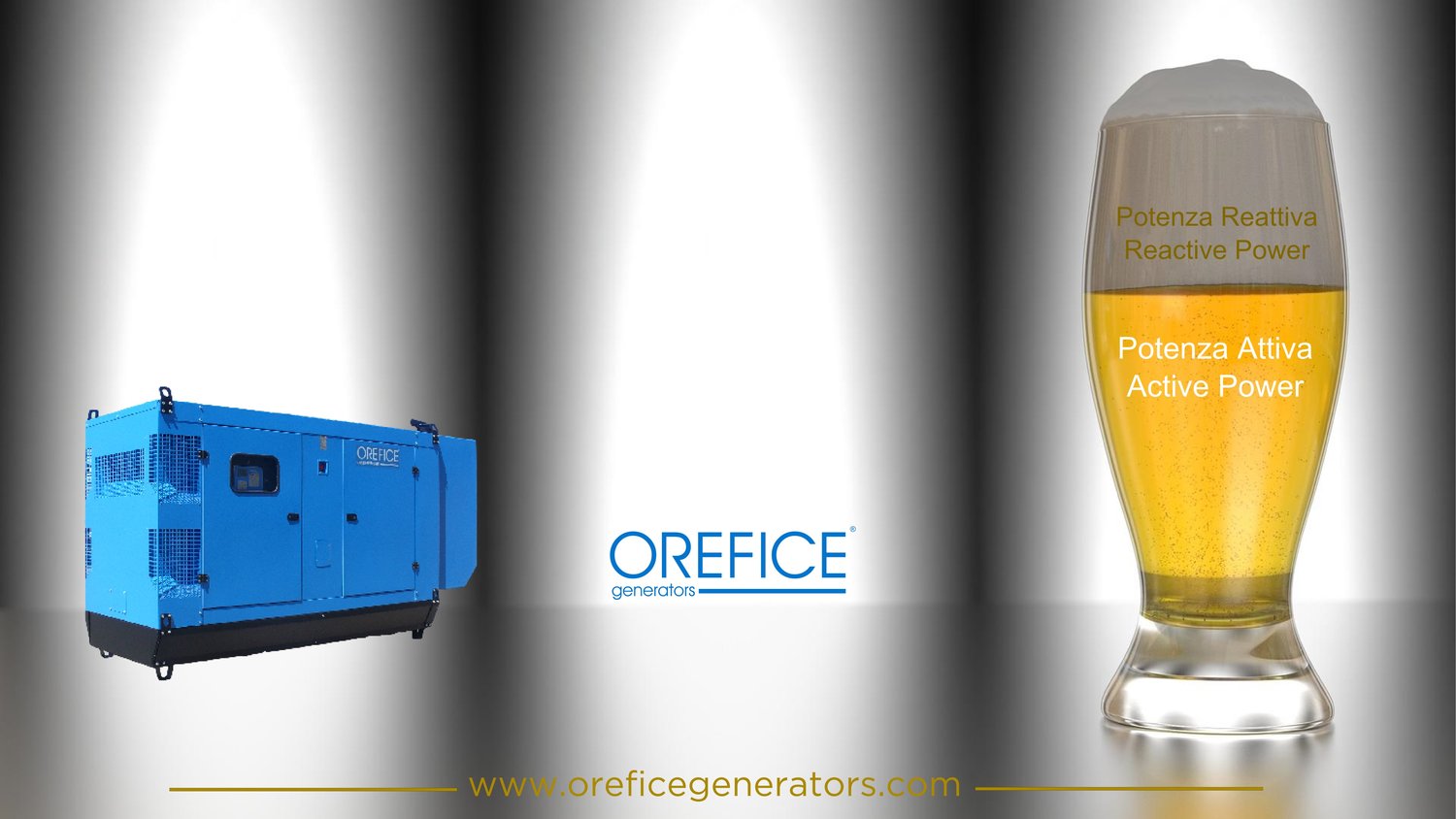Rain comes. If you do not have a generator you are in danger.
In Italy, in September, October and November every year is the same story: The rain expected for an entire season falls in a few hours. The consequences can be devastating and vary depending on how much you are prepared for the extreme event.
How frustrating it is when you lose valuable goods and sometimes a lifetime of memories.
Being prepared for such an event means to be equipped with systems and facilities capable of preventing the accumulation of rainwater. A common example is water lift pumps, usually placed in basements and underground rooms, with the purpose of preventing flooding from rainwater or worse, of sewage seepage infiltrations. Being mainly submerged pumps, their functionning is closely related to the presence of electricity from the grid or from auxiliary sources such as generating sets.
Owning an emergency drainage system for rainwater and not having a generator set is as useless as preparing for a long and important car trip without taking care to fill the fuel before leaving. What a feeling will it be when everything does not work? Anger and frustration will be double.
What is the relevance of a flood or flood and the lack of electricity? It is simple: when there are atmospheric events that interest entire cities or regions, it concern all the infrastructures, including the electrical ones. In exceptional cases it may be the same network operator to establish the disconnection of an entire area from the rest of the network.
The moral is that without electricity electric pumps will not work and you are in danger.
Recently a Hurricane has devastated the Caribbean Sea and then crashed against Miami, USA, leaving millions of people in the dark for many days.
Only those with proper generating sets and high quality fuel loading facilities could face the emergency. By looking at the Social Network images of those who "thanked" their generating sets for the great work done during the emergency, I noticed that everyone set up images of professional generators. In other words, the most striking success stories were possible with really good generators and not the ones that you can get for 149,00 Euros at the mall.
In the picture below, just to give an idea of he difference, you can see on the left a true generator suitable for emergency use while on the right a toy where nothing is funny about it.
Beware, they both have the same power !!
In one of the next articles, we will explore the issue of the best generating set for housing, thus we will explain the technical characteristics of a generator set for the safety of your loved ones and your properties.
Meanwhile, let's try to understand schematically the difference between a generator suitable for operation in emergency conditions and one not suitable for this purpose.
Dimensioning the generator set in accordance with the electric pump or vice versa?
Anything to do with sizing would deserve a separate article, however, a guideline can be outlined to approximately define a power.
First, it is useful to determine which loads to supply, thus, to decide whether to connect the generator to the electric pump or to the entire building including the rainwater lift system.
Choosing to supply an entire building will determine the nature of the loads, the priority and the timing.
Nature of loads : Single-phase or three-phase electrical loads.
Priority: A priority electrical load is such when it comes to an important device. Example: A refrigerator, video surveillance, water drainage.
Timing : Not all electrical loads work at the same time, so the required electrical power may not match the sum of all detected loads.
Regarding power, there are no great deals unless the attention to not dimension the generator at 100% of the load. (A 5 kW electric load should not be powered with a 5 kW generator.
"Sizing" is not just the experimental calculation of the power involved, but it is also the choice of fuel tank capacity that affects the amount of hours the generator can remain in operation.
Placement of the generator:
you need to find the best position of the generator set. If you plan to mount your home-based generator in the basement, or hidden in the sight so that noise cannot disturb, you're starting off on the wrong foot.
If you do not want to hear the noise during the generator motion, you have to install a soundproofing unit (see previous article). Also, choose a generator that is aesthetically up to the environment in which it will be positioned.
Get advice from a professional about where and how to place your home-saving generator.
You'll do a safe and productive job and you'llthank yourself for being far-sighted.






